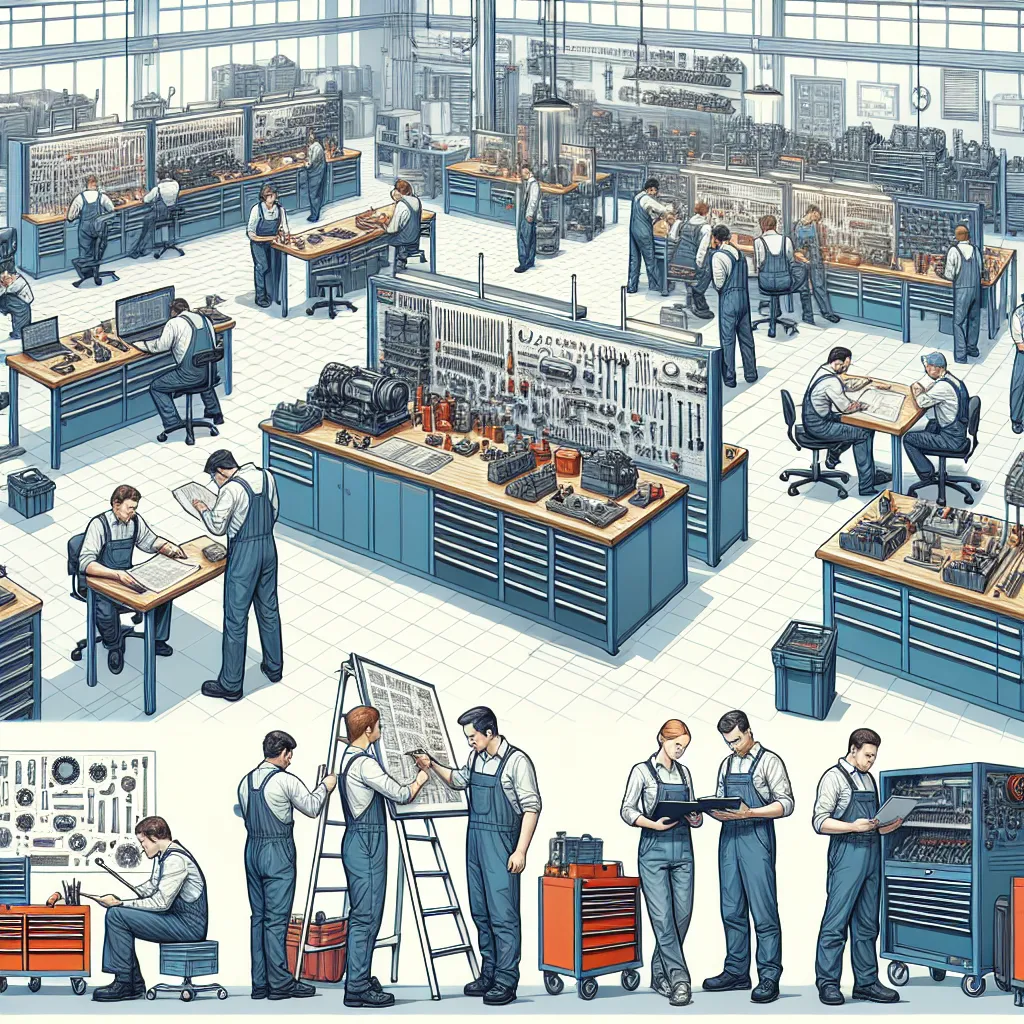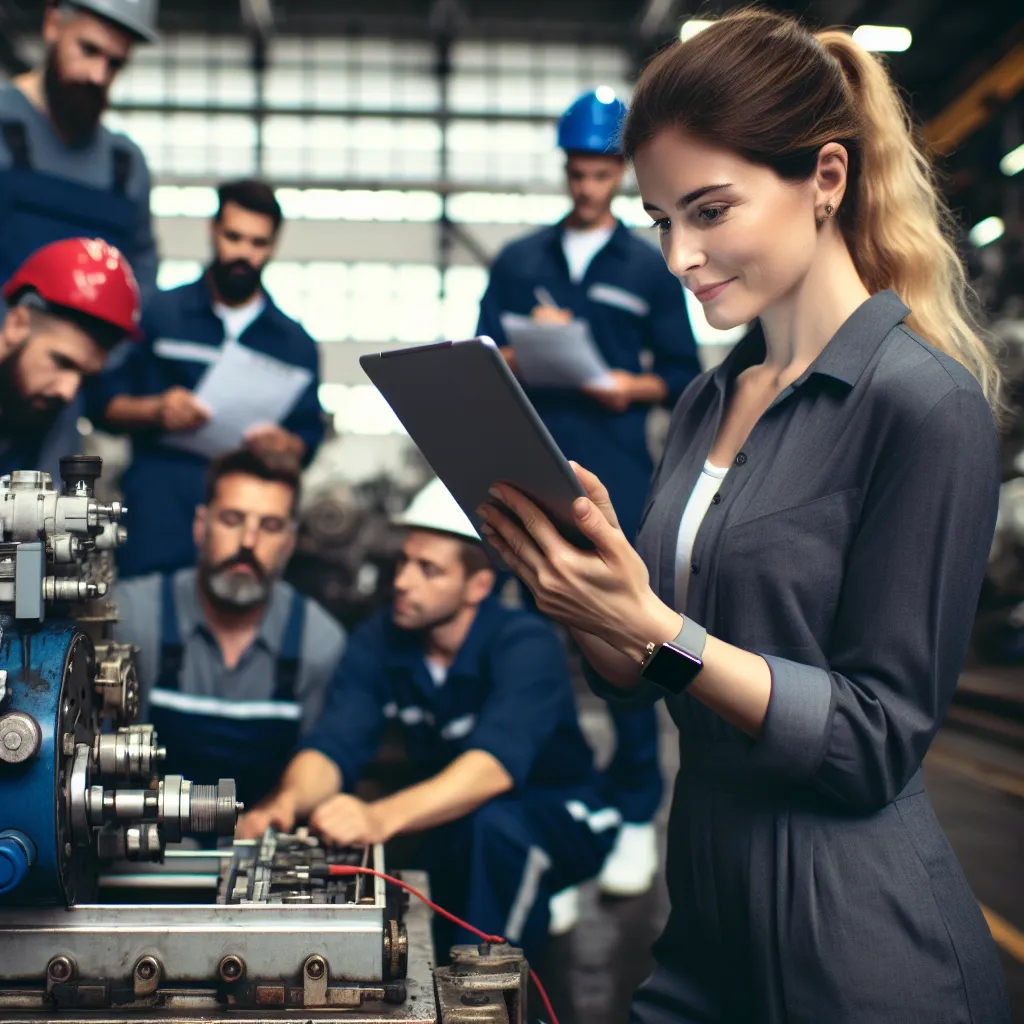Strategies for Implementing Lean Maintenance in Manufacturing Facilities
When it comes to implementing lean maintenance practices in manufacturing facilities, companies need to carefully strategize their approach to maximize cost-efficiency and operational effectiveness. One of the key strategies for implementing lean maintenance is to prioritize preventive maintenance over reactive maintenance. By conducting regular equipment assessments and maintenance, companies can avoid costly breakdowns and repairs, thus reducing operational downtime and optimizing overall equipment effectiveness.
Another important aspect of implementing lean maintenance is to foster a culture of continuous improvement. This involves providing training and resources to empower maintenance teams to identify and address inefficiencies in the maintenance processes. Encouraging collaboration between maintenance and production teams can also lead to streamlined processes and proactive problem-solving.
Utilizing technology and data analysis is also crucial in implementing lean maintenance practices. Leveraging predictive maintenance tools and sensors can help anticipate equipment failures, allowing for timely intervention and minimizing disruptions to production. Furthermore, harnessing data to identify patterns of equipment deterioration or recurring issues enables targeted improvements and optimized maintenance schedules.
In conclusion, implementing lean maintenance practices in manufacturing facilities requires a multifaceted approach that encompasses preventive strategies, fostering a culture of continuous improvement, and harnessing technology and data analysis. By strategically implementing lean maintenance, companies can achieve greater cost-efficiency, improved equipment reliability, and ultimately enhance their operational performance.
Maximizing Cost-Efficiency Through Lean Maintenance Practices
Implementing lean maintenance practices can significantly maximize cost-efficiency in operations. By focusing on minimizing waste, reducing downtime, and optimizing resources, organizations can achieve significant cost savings while enhancing productivity.
One of the key aspects of maximizing cost-efficiency through lean maintenance practices is the implementation of proactive maintenance strategies. Instead of waiting for equipment to break down, lean maintenance emphasizes predictive and preventive maintenance to address issues before they escalate. This approach helps minimize unplanned downtime, reduces the need for costly repairs, and extends the lifespan of assets, ultimately leading to significant cost savings.
Furthermore, embracing a culture of continuous improvement is essential for maximizing cost-efficiency through lean maintenance. By regularly evaluating existing maintenance processes, identifying areas for improvement, and implementing changes, organizations can streamline their operations, reduce waste, and optimize resource utilization. Adopting techniques such as 5S, Total Productive Maintenance (TPM), and root cause analysis can further support the goal of achieving cost-efficient maintenance practices.
In addition, leveraging technology and data analytics can play a crucial role in maximizing cost-efficiency. Implementing advanced maintenance management systems, Internet of Things (IoT) sensors, and predictive analytics can help organizations monitor equipment performance, detect potential issues early, and make data-driven decisions to optimize maintenance schedules and resource allocation. This proactive approach not only reduces costs associated with reactive maintenance but also enhances overall operational efficiency.
In conclusion, by embracing lean maintenance practices, organizations can effectively maximize cost-efficiency in their operations. Through proactive maintenance strategies, a focus on continuous improvement, and the integration of technology, companies can achieve significant cost savings while maintaining high levels of productivity and reliability.
Key Considerations for Implementing Lean Maintenance in Industrial Settings
Key Considerations for Implementing Lean Maintenance in Industrial Settings
Implementing lean maintenance practices in industrial settings can significantly improve operational efficiency and reduce maintenance costs. However, successful implementation requires careful consideration of key factors to ensure effectiveness and sustainability. Here are some essential considerations for organizations looking to adopt lean maintenance:
- Cultural Transformation: Shifting to a lean maintenance approach necessitates a cultural shift within the organization. It is crucial to garner support from all levels of the workforce, from upper management to frontline employees. Establishing a culture of continuous improvement and empowering employees to contribute ideas for streamlining maintenance processes is vital for success.
- Reliability-Centered Maintenance (RCM): Prioritizing RCM principles is fundamental for lean maintenance. Identifying critical equipment, understanding failure modes, and implementing proactive maintenance strategies based on reliability data enables organizations to focus their resources where they are most needed, optimizing maintenance efforts and costs.
- Standardization and Visual Management: Standardizing maintenance procedures and utilizing visual management tools such as Kanban boards can enhance clarity and consistency in maintenance operations. Visual cues can help in monitoring equipment status, scheduling preventive maintenance tasks, and highlighting abnormalities for prompt attention, contributing to a more organized and efficient workflow.
- Cross-Functional Collaboration: Collaboration between maintenance teams, production personnel, and other relevant departments is essential for lean maintenance success. By fostering open communication and shared goals, organizations can minimize downtime, improve equipment reliability, and align maintenance activities with production schedules, reducing disruptions and optimizing overall operational performance.
- Continuous Training and Skill Development: Investing in the continuous training and skill development of maintenance technicians is critical. Equipping employees with the necessary knowledge and expertise in lean principles, problem-solving techniques, and advanced maintenance technologies enables them to adapt to changing maintenance requirements and effectively contribute to the organization’s lean maintenance initiatives.
By carefully addressing these key considerations and tailoring lean maintenance practices to suit specific industrial environments, organizations can realize sustainable improvements in operational efficiency, cost savings, and equipment reliability, fostering a competitive edge in today’s dynamic market landscape.




